On 11 May, Iraq’s Mosul Cultural Museum (MCM) announced the launch of its restoration phase alongside the opening of the exhibition The Mosul Cultural Museum: From Destruction to Rehabilitation.
The Mosul Cultural Museum was designed by Iraq’s leading modernist architect, Mohamed Makiya, at the height of his career. It opened in 1974.
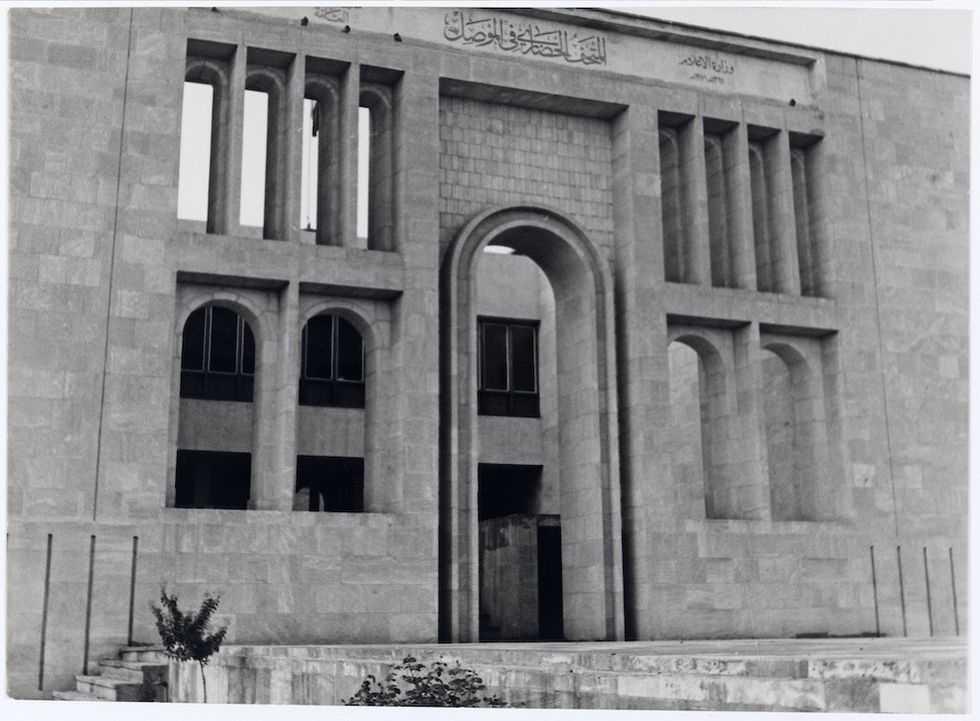
Following Mosul’s capture by Daesh/ISIL in 2014, artefacts of global significance were looted and destroyed. MCM was compromised in a deliberate attack aimed at the erasure of history and culture. Major Assyrian monumental works were damaged or destroyed during Daesh’s attack.
In 2018, an international coalition of cultural heritage organisations launched the Mosul Cultural Museum Rehabilitation Project.
Thanks to an international consortium led by the Iraqi State Board of Antiquities and Heritage (SBAH), in partnership with the Musée du Louvre, the Smithsonian Institution, and supported and funded by the International Alliance for the Protection of Heritage in Conflict Areas (ALIPH), the museum is gradually being brought back to life.
A unique international partnership
The part of the museum that suffered the most damage during ISIL’s attack was the central Assyrian Gallery. Here, the detonation of a bomb opened a large crater in the floor. The memory of the devastating attack will be present in the restored museum, with the footprint of the damage visible.
Restoration plans for Iraq’s Mosul Cultural Museum (MCM) and its collection illustrate its importance within architectural and world history. This places the museum at the centre of Mosul’s cultural and community regeneration.
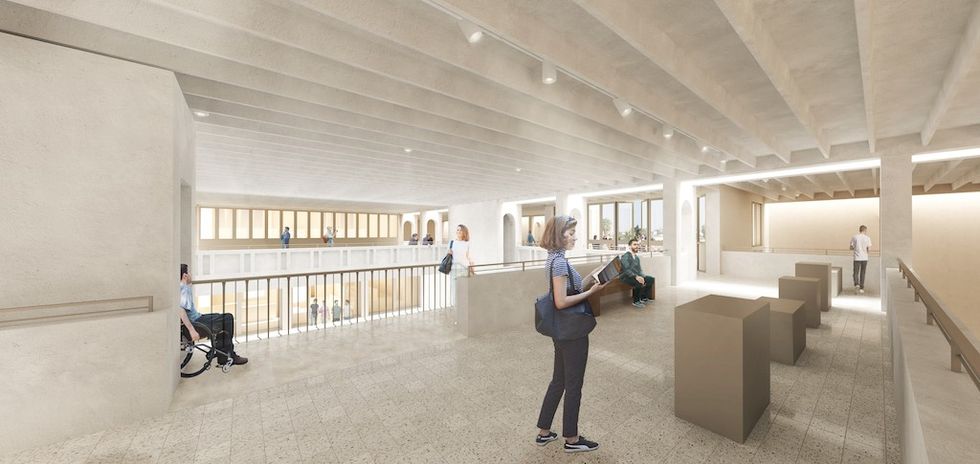
The museum's restoration is thanks to a unique international partnership. Since 2018, the founding members of this partnership have been training and equipping the Mosul Cultural Museum team to prepare for the full-scale rehabilitation of the museum and its collection. In 2020, WMF joined the consortium to take on the building's restoration.
The restoration and rehabilitation program will mean that the museum can return to the citizens of Mosul as quickly as possible. Therefore allowing this important cultural landmark to showcase Iraq's rich culture once again.
Bringing Mosul Cultural Museum back to life
In September 2021, the project to rehabilitate the Mosul Cultural Museum entered a new phase, transitioning from the stabilisation of the building to planning the museum’s future as a vibrant gathering place that will aid in the city’s post-conflict recovery. Thanks to support from ALIPH, WMF is working closely with museum officials on a design for the building and landscape. This will be one that both honours Makiya’s vision and improves the visitor experience.
A community-driven approach that engages local experts and residents in the design process will result in the re-establishment of the museum as a living centre for culture and education.
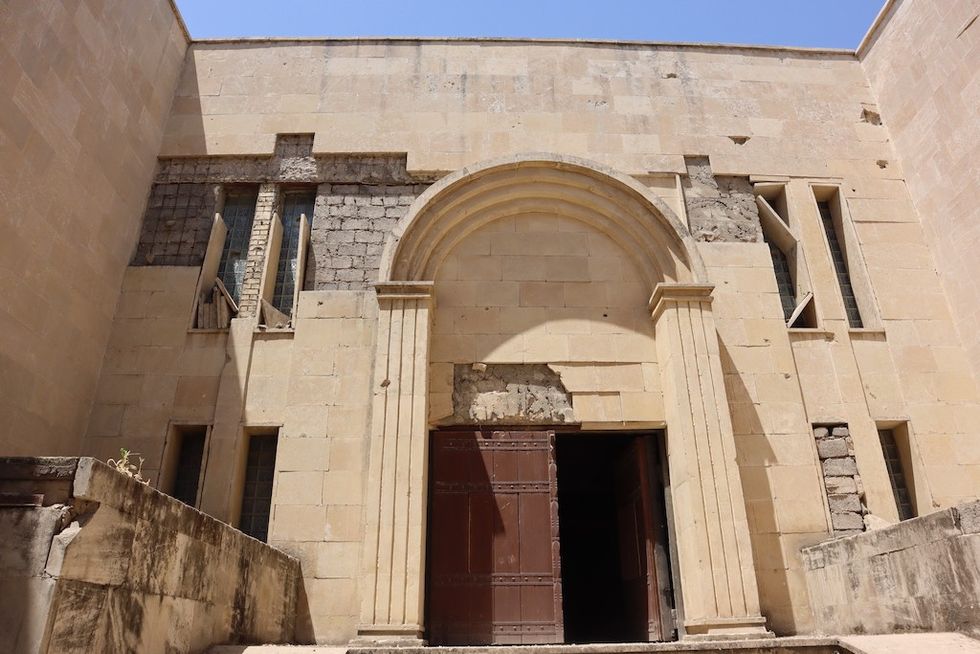
The project includes preparing a heritage assessment and condition survey of the site; the development of a rehabilitation design adapted to the building’s structural conditions, historical and architectural significance, broader urban context, and future needs in terms of its reuse; and the implementation and delivery of this design.
Alessandra Peruzzetto, the World Monument Fund (WMF)’s regional director for the Middle East and North Africa, is an archaeologist with a specialisation in the Middle East and Central Asia. She is the head of the Mosul Project and worked very closely with the Mosul Museum on the restoration.
The history of the project
Speaking with blooloop, she begins by outlining the Mosul cultural project:
“The Mosul project started in 2018 with the first partner, the State Board of Antiquities. Then the Louvre Museum and the Smithsonian Institution, with the support of the ALIPH Foundation.
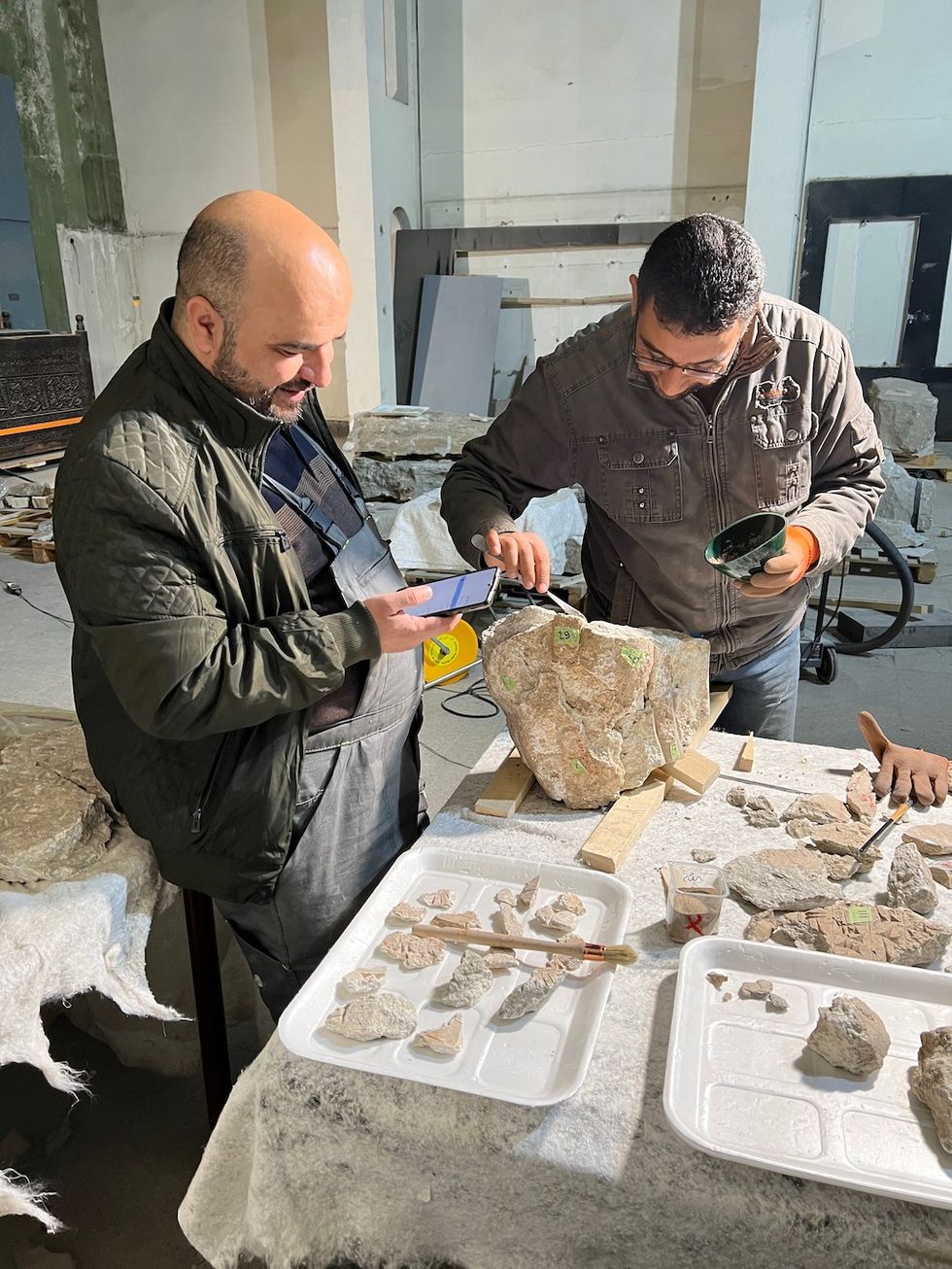
"The World Monuments Fund joined at the beginning of 2020 to work on the conservation of the building itself. Meanwhile, the Louvre focused on the restoration of the objects and the Smithsonian Institution and the Iraqi State Board of Antiquities and Heritage on the training of the staff for museum management."
It is an ambitious undertaking since the damage was devastating. She describes the events of 2014:
“We know that Mosul was taken in that period, but we don't know exactly when the museum was attacked. We have a video released in February 2015, but we don't know exactly when the episode happened. The images in the video don’t show the entire damage done to the museum. When the museum was reachable again by the team after the liberation of Mosul, it became clear that the major architectural damage was done in the Assyrian Hall.
"The two lamassu that were against the wall had been blown up and also attacked with jackhammers.”
Damaged artefacts at Mosul Cultural Museum
Lamassu are Assyrian protective deities. They are hybrids: winged, with the bodies of bulls and human heads. Mentioned in the Sumerian epic of Gilgamesh, they were often part of monumental entrance architecture.
The damaged lamassu originated from the throne room of Ashurnasirpal II, king of Assyria from 883 to 859 BCE, in the northwest palace of his capital city at Nimrud. Nimrud and the nearby city of Nineveh, a few kilometres away from modern Mosul, were excavated in the 1840s and 1850s.
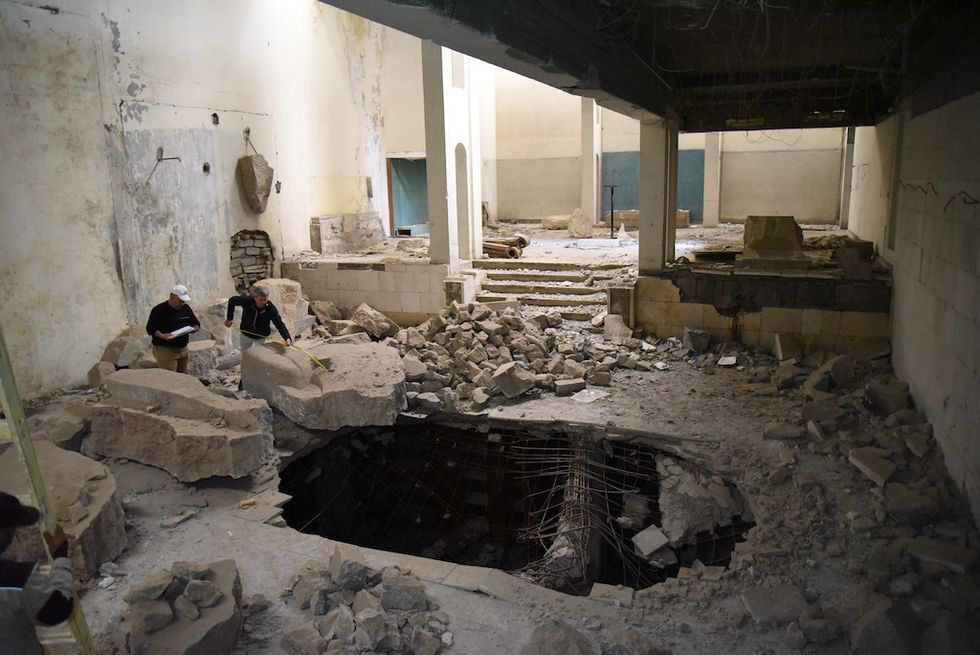
“Dynamite was used to blow up the base of the throne in the middle of the room. So, there is this big hole in the centre of the Assyrian Hall, and some damage to the ceiling, though it wasn’t structural,” says Peruzzetto.
They also destroyed the Lion of Mosul. This was a 3,000-year-old statue, originally installed in the Assyrian city of Nimrud’s Temple of Ishtar.
In 2019, a replica Lion of Mosul, modelled from crowd-sourced photos taken by Mosul Museum visitors before the attack and 3-D printed as part of Google’s digital arts and culture project, went on display at London’s Imperial War Museum. This was part of an exhibition exploring how war devastates societies’ cultural fabric, and the ingenious steps taken to preserve it.
Other objects stored safely
Peruzzetto adds:
“They destroyed the [cuneiform] description on the top of the Banquet Stela [of Assurnasirpal II] with a hammer, and the statues in the Hatrene Hall. This was the major destruction.”
The Islamic State of Iraq and the Levant (ISIL) looted the museum before destroying it. But, fortunately, many artefacts were stored safely elsewhere. A large part of the Mosul Museum’s collection went to Baghdad’s National Museum for safekeeping six months before ISIL seized the city of Mosul in June 2014.
“Further pieces that have been badly damaged and that need to be restored are the metal of the Balawat Gates. This is also from the Assyrian period. The pieces that the Louvre is restoring are the base of the throne, the stela, - a German philologist is helping the Louvre to finalise the restoration of the stela - and they're working on the restoration of the lion.”
A symbolic target
ISIL’s vandalism came at around the same time that the group kidnapped 220 Assyrian Christian villagers in north-eastern Syria. This was another assault on coexistence in the region.
Writer Mardean Isaac said in The Guardian:
‘While the Islamic State is ethnically cleansing the contemporary Assyrian populations of Iraq and Syria, they are also conducting a simultaneous war on their ancient history and the right of future generations of all ethnicities and religions to the material memory of their ancestors.’
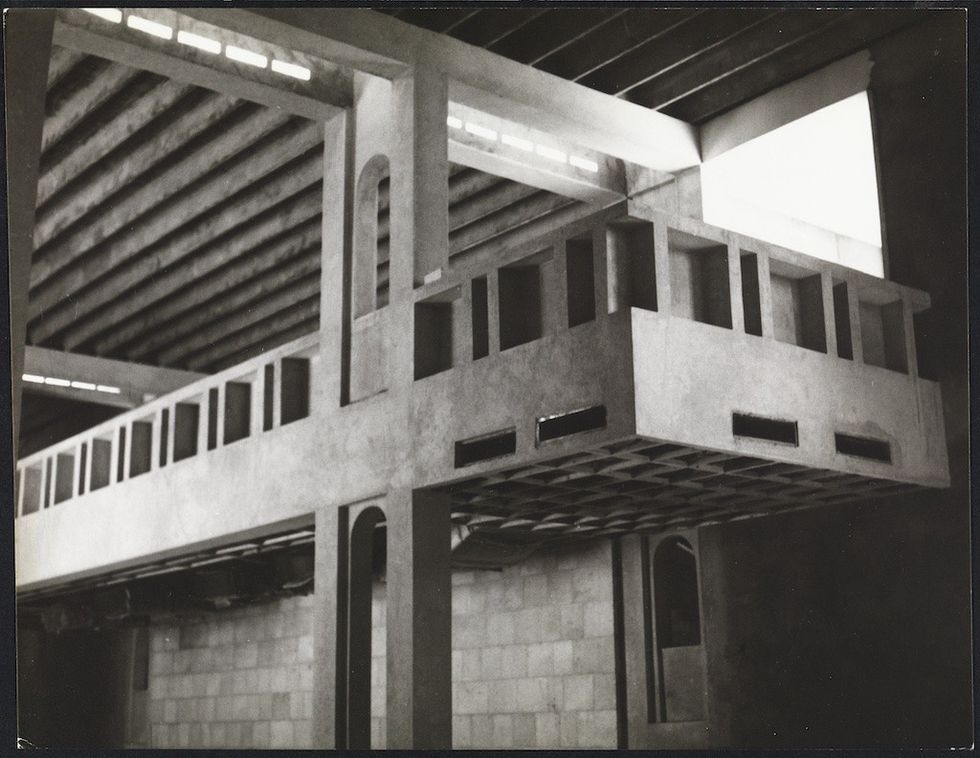
Peruzzetto agrees:
“It was definitely a symbolic target. But immediately after, in 2018, the Smithsonian and SBAH made a preliminary assessment, from which it was decided the structure of the building was sufficiently safe. It could be restored. That part of Mosul was on the west side, so was liberated before the east of the city. It was just a matter of a few meters. That meant the building stayed. It was not reused by Daesh for political purposes, and it didn’t become a target for the liberation armies.
"Just a few hundred meters away, there was the National Insurance Company building, by another important modernist Iraqi architect, Rifat Chadirji. That building was taller than the museum, and not secured for restoration, so it doesn't exist any more.”
Preserving evidence of the attack on Mosul Cultural Museum
An interesting choice the restoration team have made is to preserve the evidence of ISIL’s attack as part of the museum’s restoration.
Peruzzetto comments:
“We discussed our process of restoration. It's a comprehensive, holistic project, where we all work together. We discussed this at length with the SBAH and other stakeholders to see if they wanted the memory to be preserved."
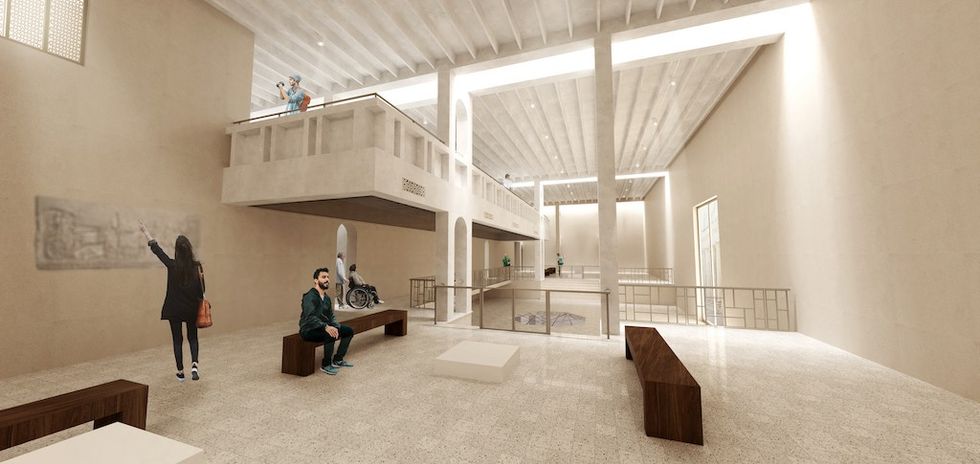
"It was discussed with the director of the museum and the staff. It was discussed with staff and experts from the State Board of Antiquities in Baghdad, engineers, heritage experts and architects inside the museum, other State Board of Antiquities experts in Nineveh, but also with some architects in Baghdad.
"We spoke about the memory of the place. Should we leave [the memory of the destruction], or not? Experts in community outreach talked to the local community about the role of the museum and its importance. There was a strong desire from the experts and from the community to keep the memory of what happened."
Reclaiming the narrative
There will also be reminders in the restoration of the objects:
“First of all, we need to say that both the lamassu and the lion lost their heads in the attack. Not everything can be restored exactly as they were before. So, the memory of what happened will remain in the objects too
The narrative of this memory is an important part of the museum’s reconstruction:
“We are working on the interpretation of the museum, and on its narrative. That part is still under development. For example, there is a walkway passing over the middle of the Assyrian hall. From there, it'll be possible to see inside the hole itself. We will probably display something inside the hole that will be visible from the walkway."
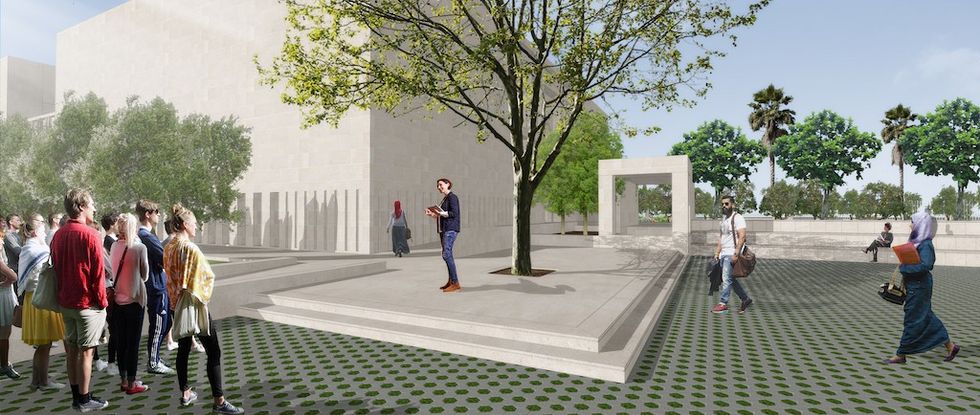
"So there will be visibility, there will be interpretation, there will be lights, images, video, photos, we don’t know yet. But there will be something.”
Incorporating the memory of ISIL’s act of destruction is a powerful reclamation of the narrative:
“The people of Mosul and the heritage experts in Baghdad were really adamant in asking for this. However, some asked: ‘Why leave the memory of something so catastrophic? We don’t want to remember it.’ They were in a small minority, though, compared with those who wanted to keep the story. It’s a bad story, it's a sad story, but they don't want to forget.”
A huge project for Mosul Cultural Museum
Commenting on the process, she adds:
“It’s been a huge undertaking, but we have come a long way. The process has been a really close collaboration with all the partners. The Louvre has been continuing to work on the restoration of the objects with the State Board of Antiquities. The Smithsonian is starting a new phase of training in museum studies and management. And, on our side, now, the project is being completed.
"We just need to prepare the documents for the tender process, find the contractors, etc. There will still be some office work to be done, to get to the real start of the project itself. We don't expect to start the project before the early months of next year, because this process takes time. We will also start the construction of a temporary store to keep the objects from inside the museum safe while the work takes place.”
The first exhibition
Last month, the museum hosted the first exhibition of artefacts from its collection since the attacks. The display, The Mosul Cultural Museum: From Destruction to Rehabilitation was on show in the newly restored former Royal Hall adjacent to the site until 1 June 2023.
Curated by Mosul Cultural Museum’s director, Zaid Ghazi Saadallah, in partnership with the Musée du Louvre, France, and funded by ALIPH, it follows an extensive research project drawing on the collection, documentation, texts, images, and archives.
The exhibition traces the origins of this institution. It explores what its collections—encompassing a number of major historical artefacts and remarkable masterpieces—illustrated about northern Iraq.
Peruzzetto comments:
“The exhibition was temporary, open for two weeks in the Royal Hall, which is the building behind the museum. It will then go on show somewhere in Mosul, possibly inside the university.”
Community healing
The restoration project and exhibition have been a community healing exercise.
She says:
“This has been something that has come up a lot in discussions with the Mosul Museum partners. The area where the museum is located is also a garden, the Garden of Mosul. This garden has been, since before the last war, considered to be an important garden in the city. It has won prizes during festivals. It’s an important part of the museum, but it’s also an important part of the city’s landscape."
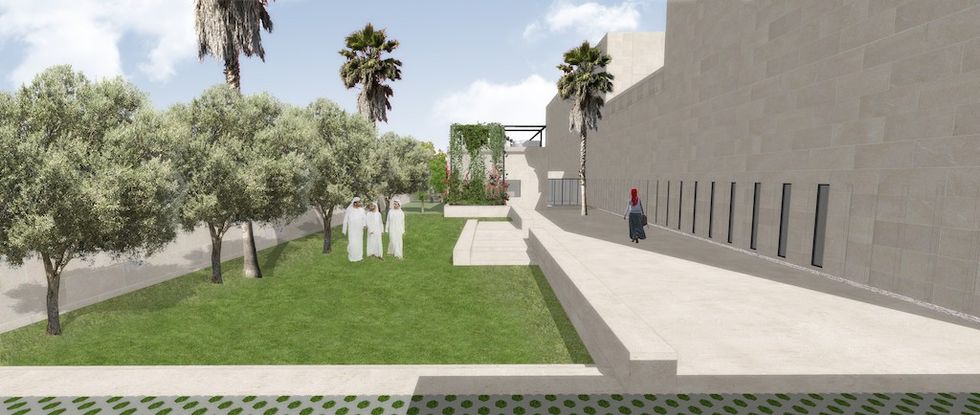
"The landscape of the museum and its consideration in relation to the landscape surrounding it has been part of the discussion with the local partners. This will be a discussion also with the governorate in Mosul in the municipality. We think is important to connect the green spaces that are in Mosul West. There are fewer green spaces than in Mosul East, where Nineveh is. It's much greener on that side.”
Green spaces at Mosul Cultural Museum
In acknowledgement of the museum building’s larger urban contextual significance, the immediate landscape will be reimagined. The green spaces will link with the museum gardens, Al-Shuhada Park and Al-Baladia Square.
“Mosul Museum is not far away from the old city,” she points out. “So everything from the river to the various parks and to the old city is walkable. We want to give it back to the city as a place for walking. Both for the visitors coming to the city and for those who live here. We are building also a small cafeteria inside the museum for those in the garden and the parks, too.”
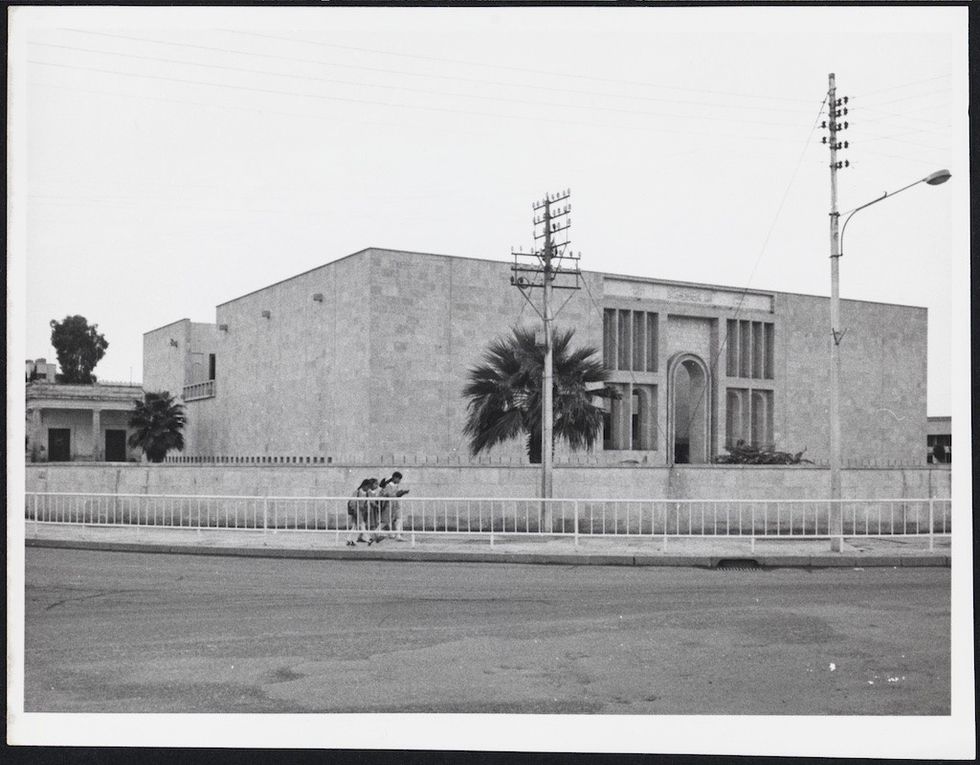
As a final point, she adds:
“It's not easy to restore modernist buildings. There are various examples of buildings that are modernist, important buildings of architects that have been torn down. Because it is expensive to restore them, for example. The reasons can be various. With the restoration of this building by Mohamed Makiya we want to demonstrate that such buildings can be restored. Both in this region and in other places.
"Modern heritage is also an important part of cultural, built heritage for the world.”
Hope triumphs over despair
From the Musée de Louvre, Laurence des Cars, president and director, says:
“The Mosul Cultural Museum and the Louvre Museum share a long, common history. For almost three years now, at the request of the Iraqi authorities, the Louvre has been actively involved in bringing the Mosul Museum and its jewels back to life, with the invaluable support of ALIPH and in close collaboration with the World Monuments Fund and the Smithsonian Institution.
"We are proud to contribute to this outstanding rehabilitation project, on which the exhibition The Mosul Museum: From Destruction to Reconstruction sheds a precious light. It is an honour for the Louvre to pursue its commitment with its international partners to share the best of its expertise to safeguard this invaluable heritage, return their museum to the inhabitants of Mosul, and continue to transmit the memory of the world to future generations.”
Richard Kurin, Smithsonian’s distinguished scholar and ambassador-at-large, adds:
“The world was shocked eight years ago by images of vandalism and destruction at the Mosul Museum. What was then under attack was respect for history, culture, scholarship and education. We now stand together as institutions and professionals to restore that respect.
"The restoration of the Mosul Museum is an investment in civility, tolerance and the future. It is an affirmation by the people of Mosul, Iraq, the region and the world that hope should triumph over despair, knowledge over ignorance, good over evil.”
Top image: View of main façade, Mosul Cultural Museum, from cleared garden (2018)



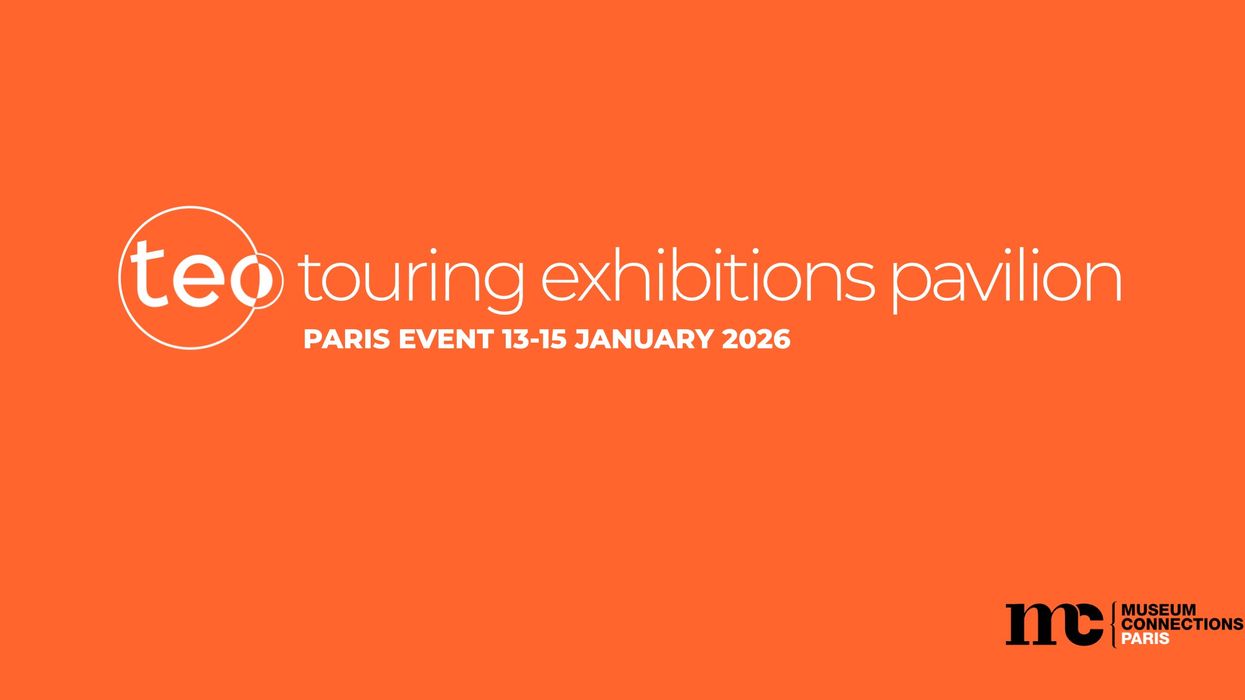
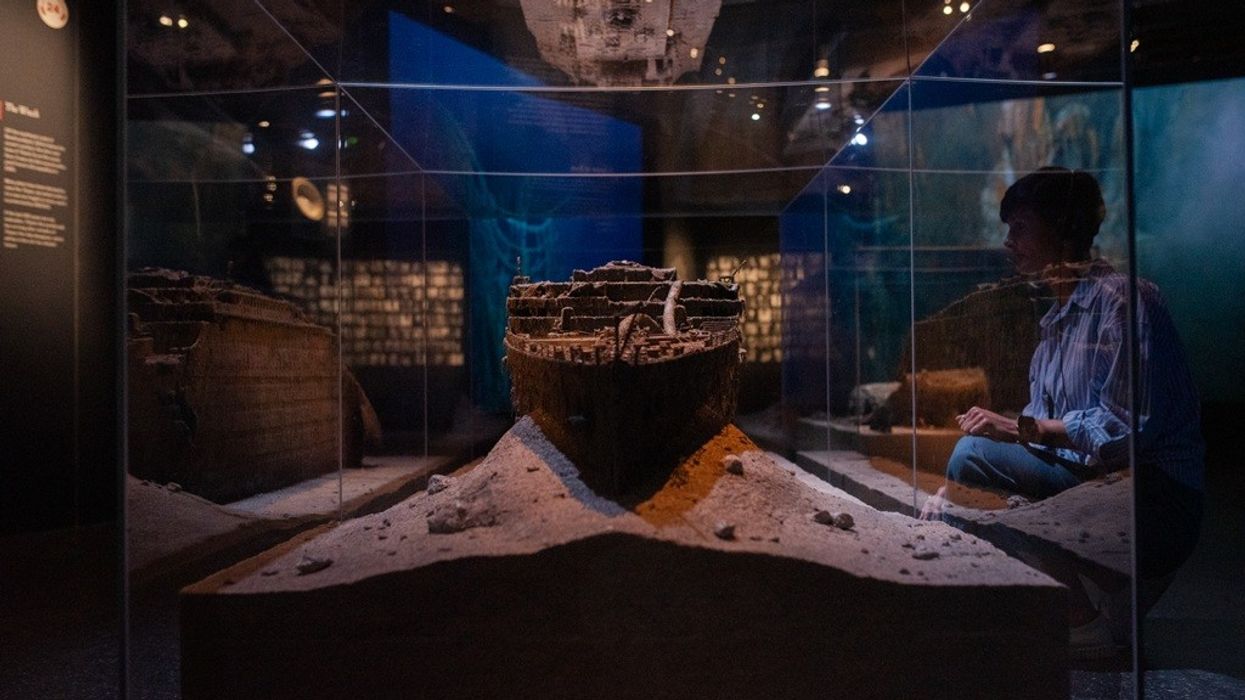
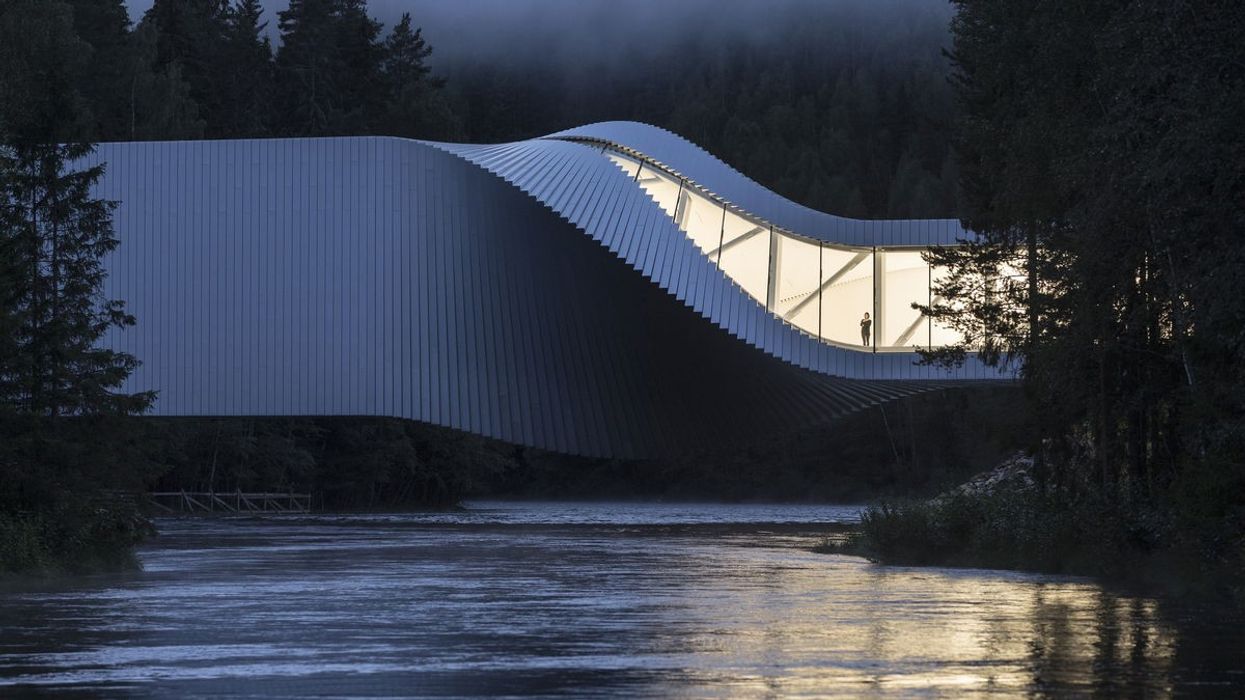

 TM Lim and Adam Wales
TM Lim and Adam Wales







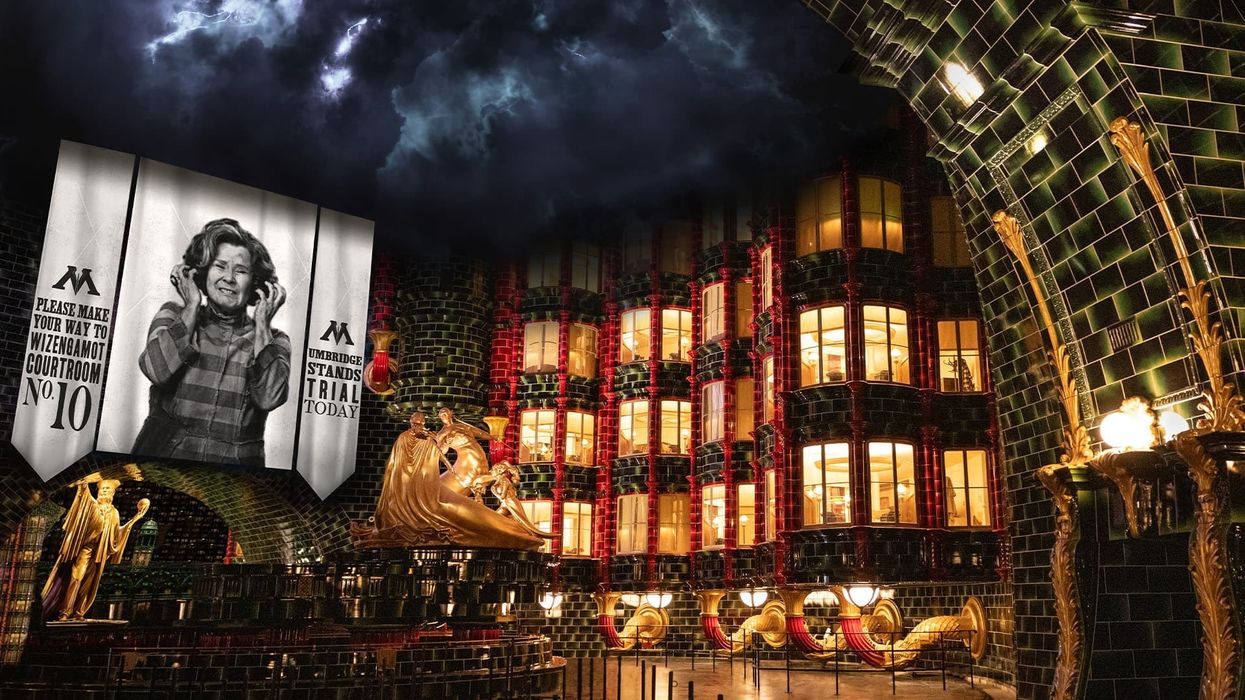

 Toby Harris
Toby Harris Hijingo
Hijingo Flight Club, Washington D.C.
Flight Club, Washington D.C.
 Flight Club Philadelphia
Flight Club Philadelphia Flight Club Philadelphia
Flight Club Philadelphia Bounce
Bounce Hijingo
Hijingo Bounce
Bounce
 Fernando Eiroa
Fernando Eiroa











 Nickelodeon Land at Parque de Atracciones de Madrid
Nickelodeon Land at Parque de Atracciones de Madrid Raging Waters
Raging Waters  Mirabilandia's iSpeed coaster
Mirabilandia's iSpeed coaster Parque de Atracciones de Madrid
Parque de Atracciones de Madrid Ferracci at the ribbon-cutting ceremony for Nickelodeon Land at Mirabilandia, with (left) Marie Marks, senior VP of global experiences for Paramount and (cutting the ribbon) Sabrina Mangina, GM at Mirabilandia
Ferracci at the ribbon-cutting ceremony for Nickelodeon Land at Mirabilandia, with (left) Marie Marks, senior VP of global experiences for Paramount and (cutting the ribbon) Sabrina Mangina, GM at Mirabilandia Tropical Islands OHANA hotel
Tropical Islands OHANA hotel Elephants at Blackpool Zoo
Elephants at Blackpool Zoo  Tusenfryd
Tusenfryd
 Andrew Thomas, Jason Aldous and Rik Athorne
Andrew Thomas, Jason Aldous and Rik Athorne







